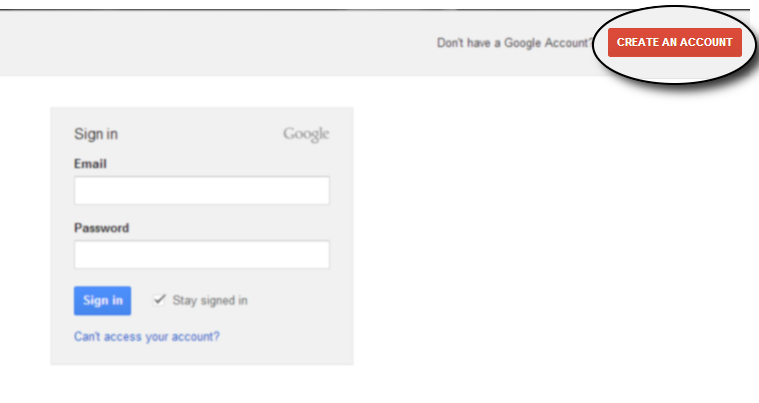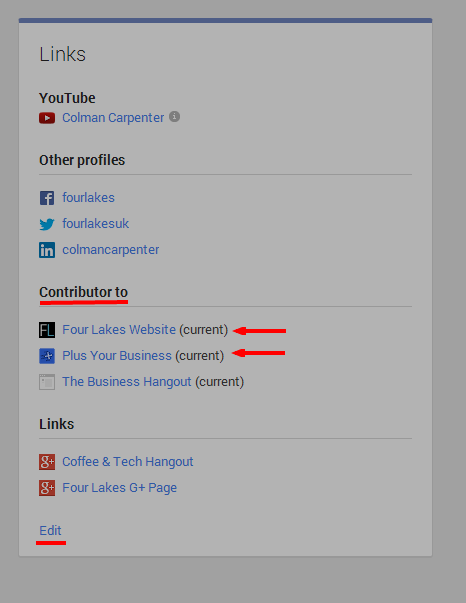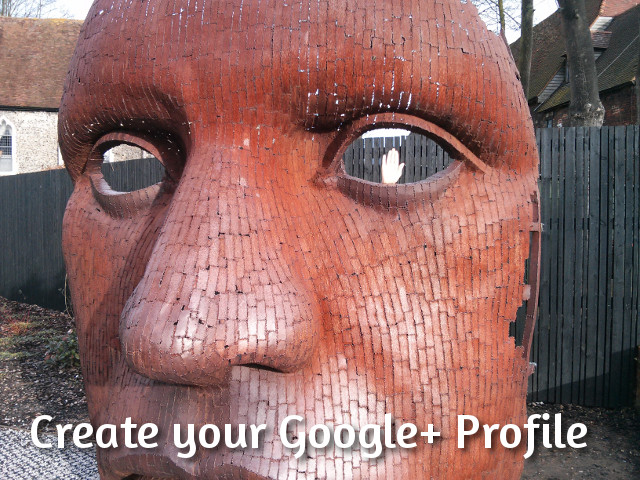So far in our series on Authorship and Semantic Search, we have looked at the ever-changing landscape of Google Search, and how it impacts on overall organic search strategies. We’ve seen that search is becoming better at understanding intent, and benefits from longer natural-language search terms as tend to be more common on mobile devices (where voice is more prevalent than keyboard).
We have also seen that the correct implementation of Authorship has the potential, purely from from higher visibility in search results, to have a significant impact on click-through rates. Coupled with personalised results, it can also give certain search results a definite boost up the rankings.
There is one thing that is core to all this marketing goodness, and that’s a Google+ profile. Without one, you will not have a central identity that Google can use to assign Authorship. Without one you will be unable to utilise the 2nd largest social network in existence to connect with like-minded people and promote your products and services.
Creating a Google+ Profile
So how do you go about creating a Google+ profile? It’s actually pretty straightforward…
First you need to navigate to http://plus.google.com where, if you do not have a Google account, or you are not logged in, you will see a screen like this…

You will be asked to log in. If you already have a Google account (e.g. Gmail or Google Apps) then just enter the credentials, if not then click on the ‘Create An Account’ button highlighted above.
The next screen differs slightly depending on whether you have a pre-existing Google account or not. Either way, though, you will be asked to enter or confirm some personal details such as name, gender and birthday. If it’s a new account you will also be asked for a username (to create an email address), an existing email address and a mobile number (both for password recovery purposes).
You should enter all these details. Be aware that Google frown on nicknames or pseudonyms, and you might find your account suspended in future if you don’t provide accurate details here.
There will be another couple of screens asking you to find family and friends to connect with (or ‘circle’ in Google+ terminology). This isn’t essential and you can skip through these with no problems.
Personalising your Google+ Profile
Once you have a presence on Google+, you then need to make sure it is optimised appropriately. Rather than re-invent the wheel on this, I will let my good friend Martin Shervington explain how to get your Google+ profile off to a great start.
Note: this video was created a few months ago, so the profile page looks slightly different now. The core principles remain good, however.
Martin covers the basics of creating an engaging Google+ profile, but there is one particular aspect of your profile that you need to pay close attention to for Authorship purposes that I particularly want to focus on…the ‘Contributor to’ section.
You’ll find this under the ‘Links’ card in your Google+ profile…

The ‘Contributor to’ section is where you tell Google to which websites you actively contribute content. It can, and should, contain your business site(s), but could also contain other sites where you post original thoughts (e.g. slideshare).
Filling this section in accurately will tell Google where on the internet you create content. Since only you should have control over the contents of your Google+ profile, it’s an important part of a two-stage process that Google uses to ensure accurate allocation of content to its author.
Just filling this section in will not automatically enable Authorship, though. Next week we’ll look at the other side of the equation, namely the changes you need to make to your website.
Author Rich Snippet
Lets have a quick look at a search result that utilises authorship, referred to as an Author Rich Snippet, to see what impact all this work has.

There are 3 areas I’d like to focus on….
- The first obvious difference between this and a normal search result is pretty apparent, in that your profile picture is added to the snippet. This really emphasises the benefit of having a picture that is recognisably you when scaled to this size (i.e. 44px by 44px). However, less obvious is that, if you click on the profile image, the current search is refined by restricting results to yours alone. So, if you build up a body on work on a particular subject, there’s a fair chance that someone could click on your image and end up seeing all of it!
- The Author Name is also a link, and it behaves in exactly the same way as clicking on the profile image.
- Finally, the number of Google+ circles that you are in is shown. This is one way in which someone might get a feel for your authority just from looking at the rich snippet. It’s certainly an incentive to get yourself into lots of people’s circles! However, yet again this is a clickable link, this time taking the searcher to the posts tab of your Google+ profile. So it’s worth ensuring that at least some of your latest posts are relevant to the type of content people might be expecting.
Using Google+ Effectively
Once you have filled out your profile then there’s nothing else you need to do for Authorship purposes. However, this would be a bit like choosing your brand new car, ensuring the spec is just right for you, then sticking it in the garage once its delivered never to use again. Technically you have transport, but it’s no use unless you get in and drive it!
Driving Google+ will definitely bring you benefits as far as promoting your business goes, and ultimately is a great way to bring traffic to your website where you can look to convert visitors to serious enquiries, or even customers. As we’ve seen from the rich snippet above, there is also a significant benefit to being added to lots of circles, and to having some relevant and recent posts on your profile. We’ll come back to this subject in a couple of weeks time when we look at sharing your content, with particular focus on using Google+ to do so.
In the interim, I can heartily recommend a site to which I contribute (as you can see from the ‘Contributor To’ section of my Google+ profile). The site is called Plus Your Business and contains a huge amount of information on using Google+ for business promotion. In particular, the Introduction to Google+ section takes you a step beyond creating your Google+ profile.
Plus Your Business requires you to register to access the training courses, but registration is free and very easy if you use your shiny new Google+ ID for the purpose.
Update
A few days after posting, Stephan Hovnanian created an infographic that shows a number of techniques you can use to boost your Google+ visibility and help gain an audience for your online activities. It shows you 10 great ways in which you build your profile, and is perfect for those new to Google+
Have fun setting up your Google+ Profile, and come back next week when we’ll look at the changes you’ll need to make to your website. Don’t forget to circle me on G+, follow on Twitter, like on Facebook or connect on LinkedIn. All the relevant links are below. You can also get a monthly summary of these articles delivered straight to your inbox by signing up to our newsletter over in the sidebar.

Great help. thanks Colman.